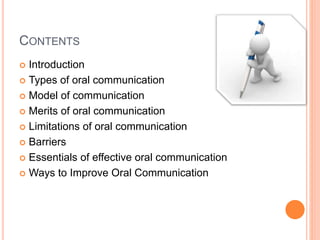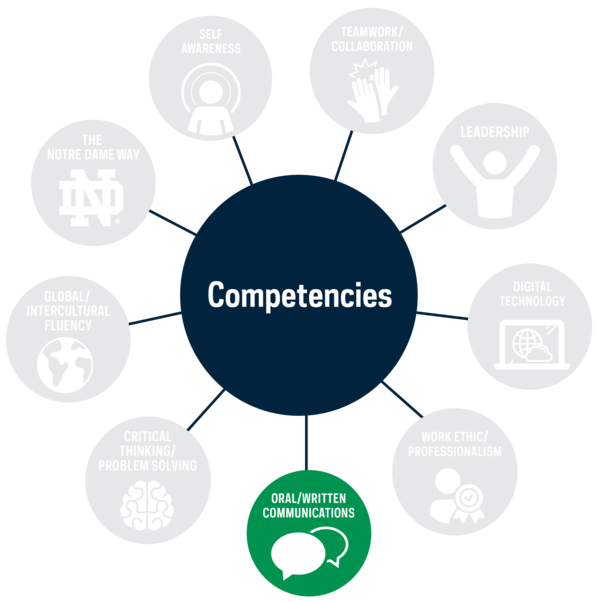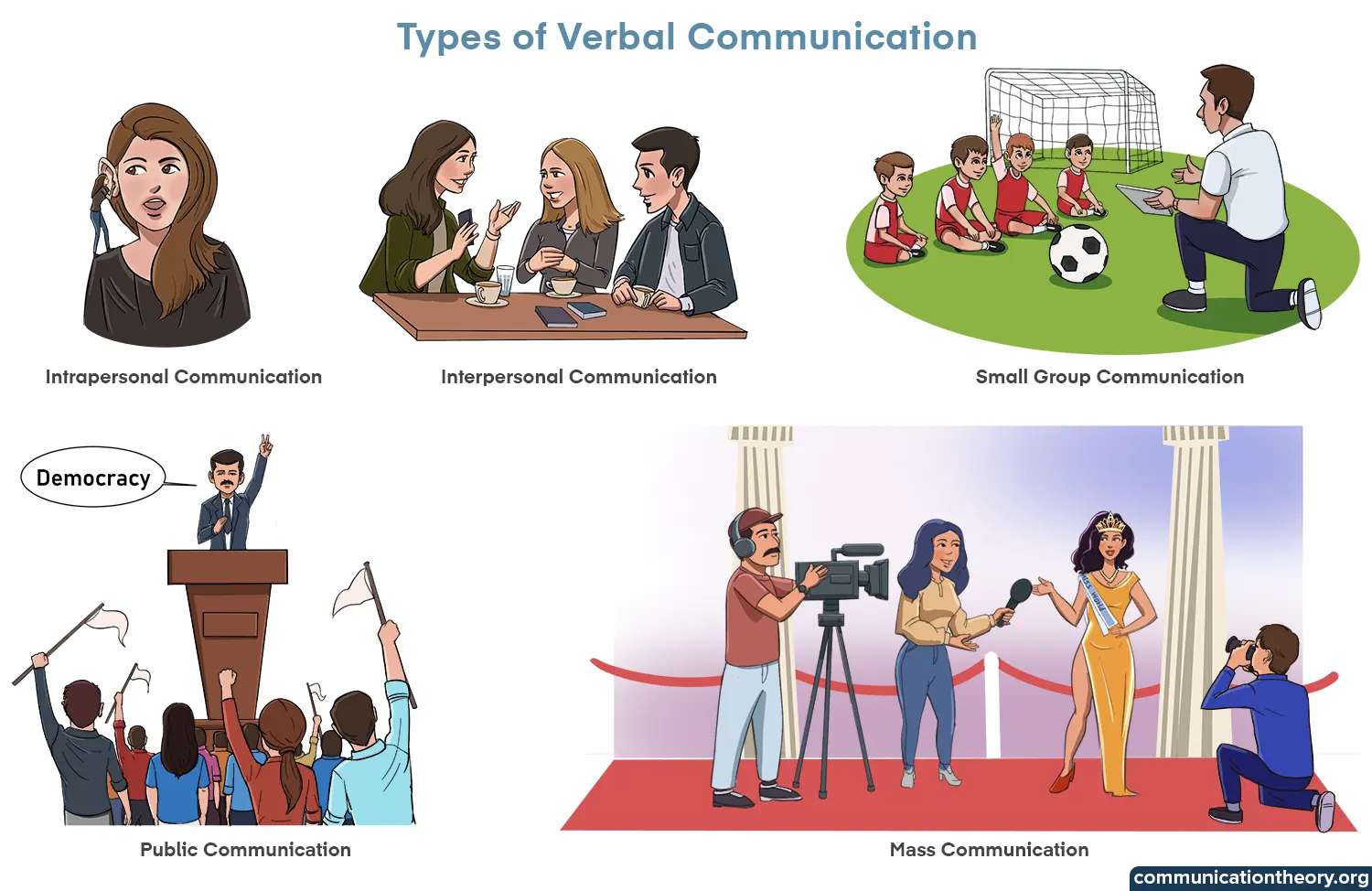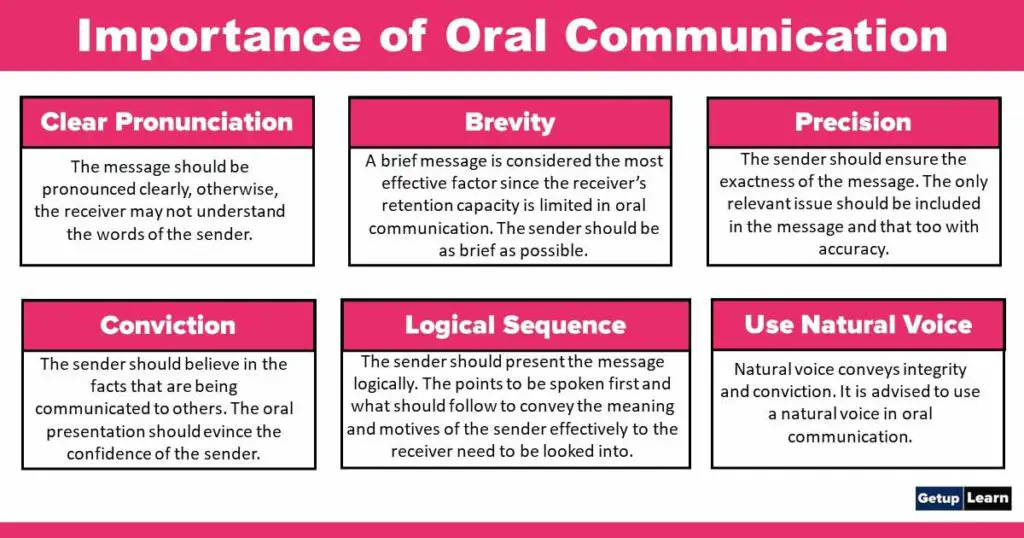Oral communication refers to the exchange of information and ideas through spoken language. It is a vital part of human interaction and plays a crucial role in various settings, including personal, social, and professional contexts. There are various ways of oral communication, and in this essay, we will discuss some of the most common and effective methods.
One of the most common ways of oral communication is face-to-face conversation. This is a direct form of communication that involves two or more people speaking with each other in the same physical location. Face-to-face conversation allows for immediate feedback and helps to build stronger relationships as it allows for nonverbal cues, such as facial expressions and gestures, to be conveyed. It is also a more personal form of communication, which can make it more effective in certain situations, such as resolving conflicts or making important decisions.
Another way of oral communication is through the use of telephones or video conferencing platforms. These methods allow people to communicate with each other remotely and can be particularly useful for maintaining contact with colleagues or clients who are located in different parts of the world. The use of visual aids, such as screenshare or slides, can also help to make virtual meetings more effective and engaging.
Public speaking is another way of oral communication that involves the use of spoken language to address a group of people. This could be in the form of a presentation, speech, or lecture, and is often used to convey information or persuade an audience. Public speaking requires good preparation and the ability to speak clearly and confidently, as well as the ability to engage and connect with the audience.
Group discussions and meetings are another common way of oral communication in which a group of people come together to discuss and exchange ideas on a particular topic. Group discussions can be formal or informal, and they can be an effective way of solving problems, making decisions, and building consensus. It is important for everyone in the group to participate and to listen actively to each other in order to make the most of these types of interactions.
Finally, oral communication can also take place through the use of mass media, such as television, radio, or podcasts. These methods allow for the rapid dissemination of information to a large audience, and can be an effective way of reaching people who may not be able to participate in face-to-face communication.
In conclusion, there are many different ways of oral communication, and each has its own advantages and drawbacks. Face-to-face conversation, telephones and video conferencing, public speaking, group discussions, and mass media are all effective methods of conveying information and ideas through spoken language. Whether in a personal, social, or professional context, the ability to communicate effectively is an essential skill that is essential for success in many aspects of life.







